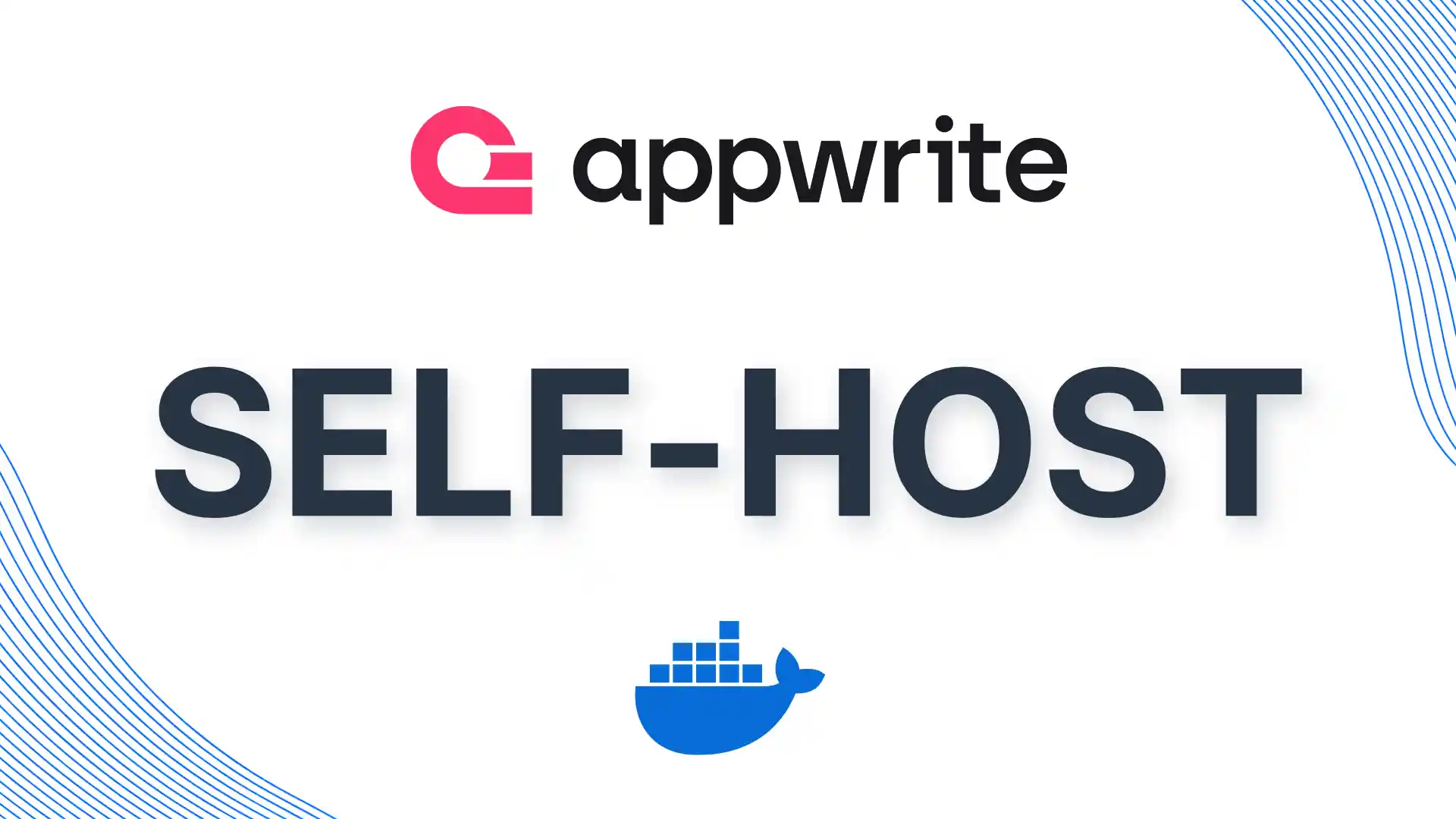Appwrite is a free and open-source Backend-as-a-Service (BaaS), serving as an alternative to Firebase, that can be self-hosted. This guide will walk you through the steps to deploy Appwrite using Docker.
What you need
You need an up-to-date version of Docker and Docker Compose, installed on your web-server (e.g., running on Ubuntu 20.04) and a domain, pointed to your server’s IP address.
- Docker pre-installed on your server
- A domain name pointed to your server’s IP address
Note: We’ll use Hetzner Cloud as our hosting provider, but you can use any other provider as well.
Step 1: Update your server and install docker-compose
Simply copy and paste the code below into your terminal and follow the instructions.
apt update && apt -y upgrade
apt install docker-compose-pluginStep 2: Create a new Appwrite directory on your server
Create and enter a directory for the Appwrite installation by running this command:
mkdir Appwrite && cd AppwriteNote: The command mkdir creates the new directory (named Appwrite) while cd enters it.
Step 3: Download the required Appwrite configuration files
You require two files, the docker-compose.yml file and the .env file, in order to properly run Appwrite. To download the required files, use the following command:
curl -o docker-compose.yml https://raw.githubusercontent.com/appwrite/appwrite/master/docker-compose.yml
curl -o .env https://raw.githubusercontent.com/appwrite/appwrite/master/.envNote: The Client URL (short: curl) is a command-line tool for file transfer with a URL syntax.
Step 4: Open .env file to modify environment variables
Use your preferred text editor (nano shown here) to modify environment variables and their values:
nano .envCommon environment variables you might want to modify in .env:
- _APP_ENV: Set to ‘production’ for production environment
- _APP_DOMAIN: Your domain name (e.g.,
https://app.example.com) - _APP_REDIS_PASSWORD: Redis password
- _APP_DB_ROOT_PASSWORD: Database root password
- _APP_USAGE_STATS: Enable/disable usage statistics
FAQ
What is Appwrite?
Appwrite is an open-source Backend-as-a-Service (BaaS) platform designed to simplify and accelerate backend development for web, mobile, and server applications. Positioned as an open-source alternative to Firebase, Appwrite provides a robust suite of features, including a secure database, user authentication, real-time updates, file storage, cloud functions, and more. Its modular architecture and self-hosting capabilities empower developers to create scalable, secure backends while avoiding vendor lock-in.


Leave a Reply